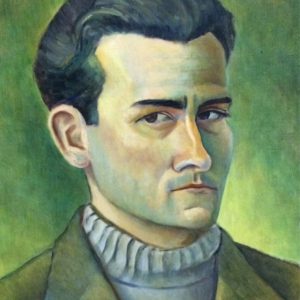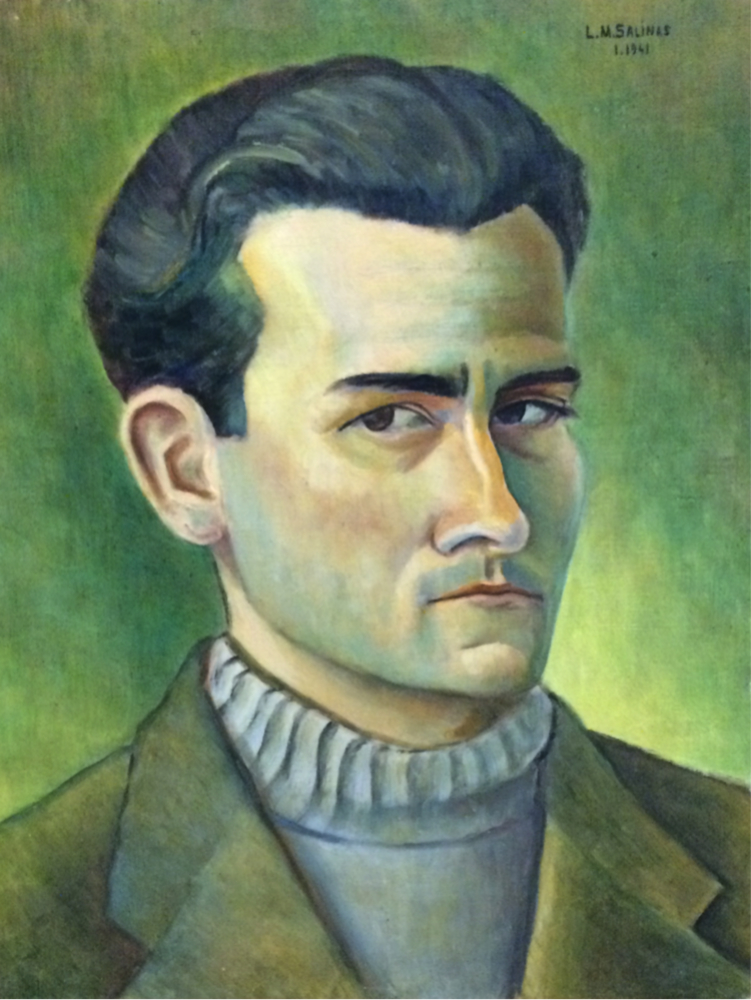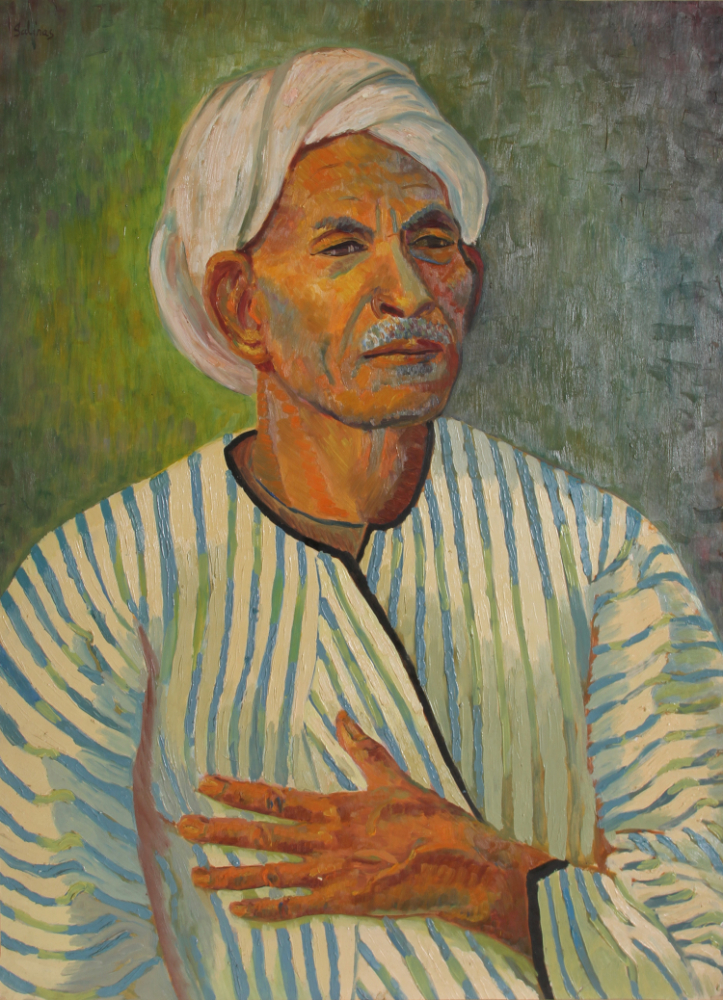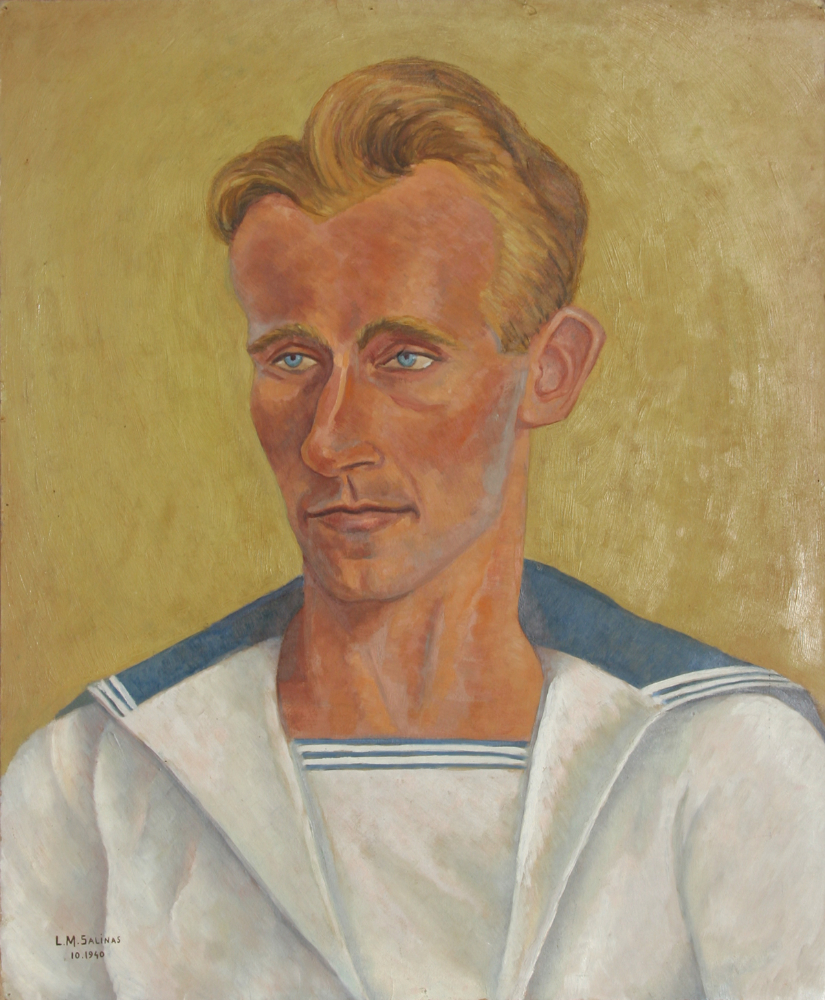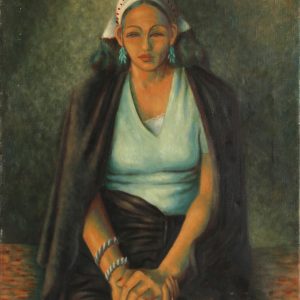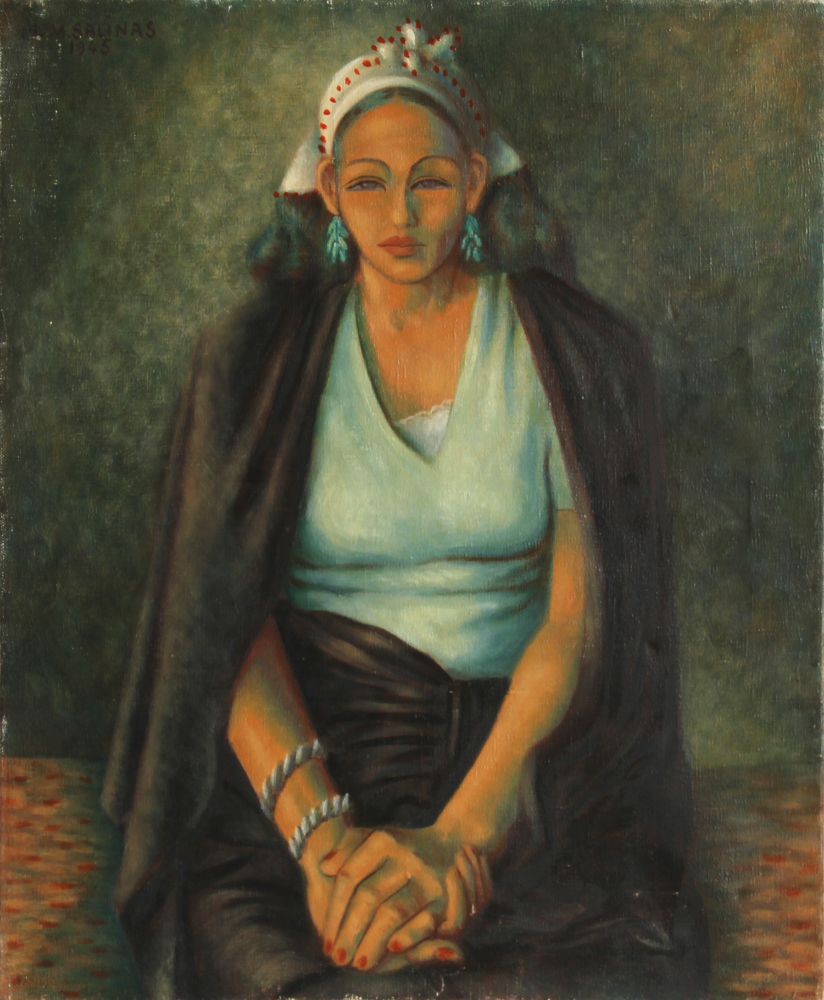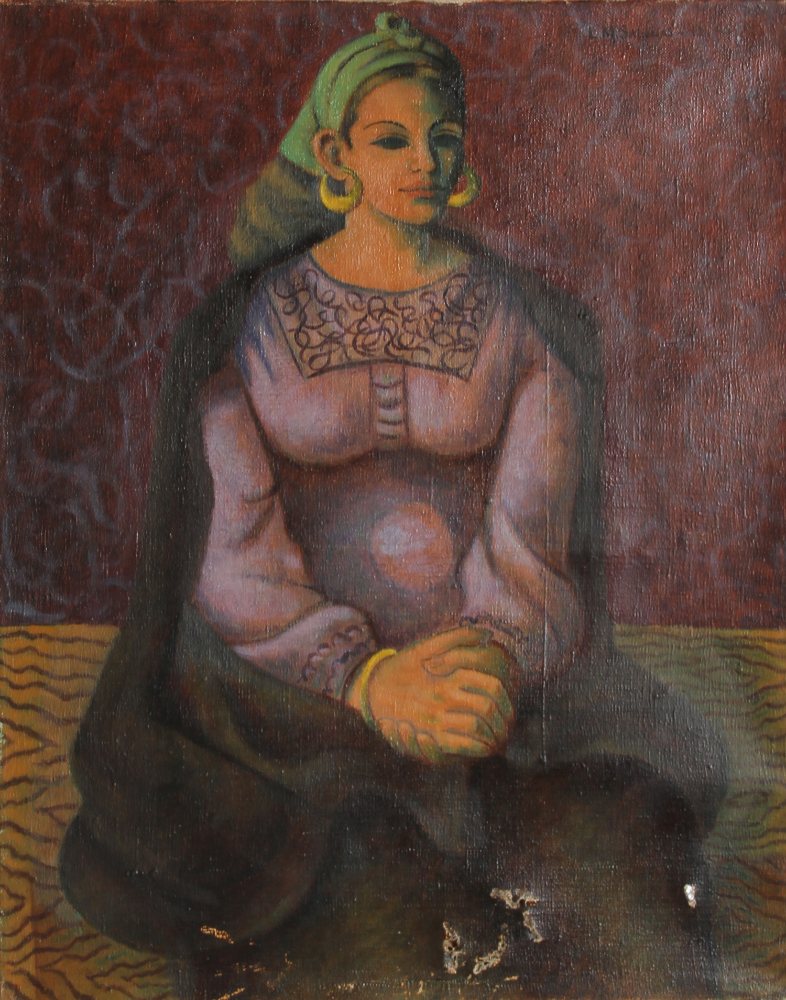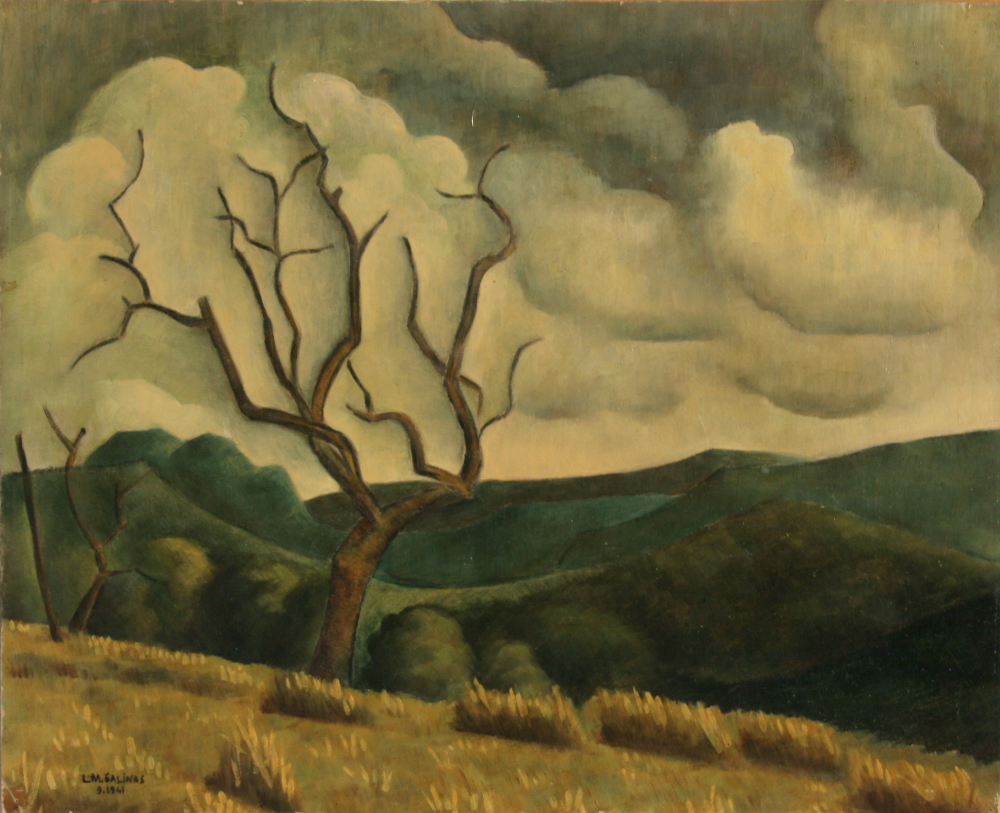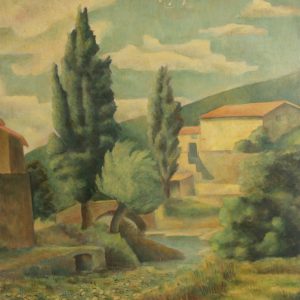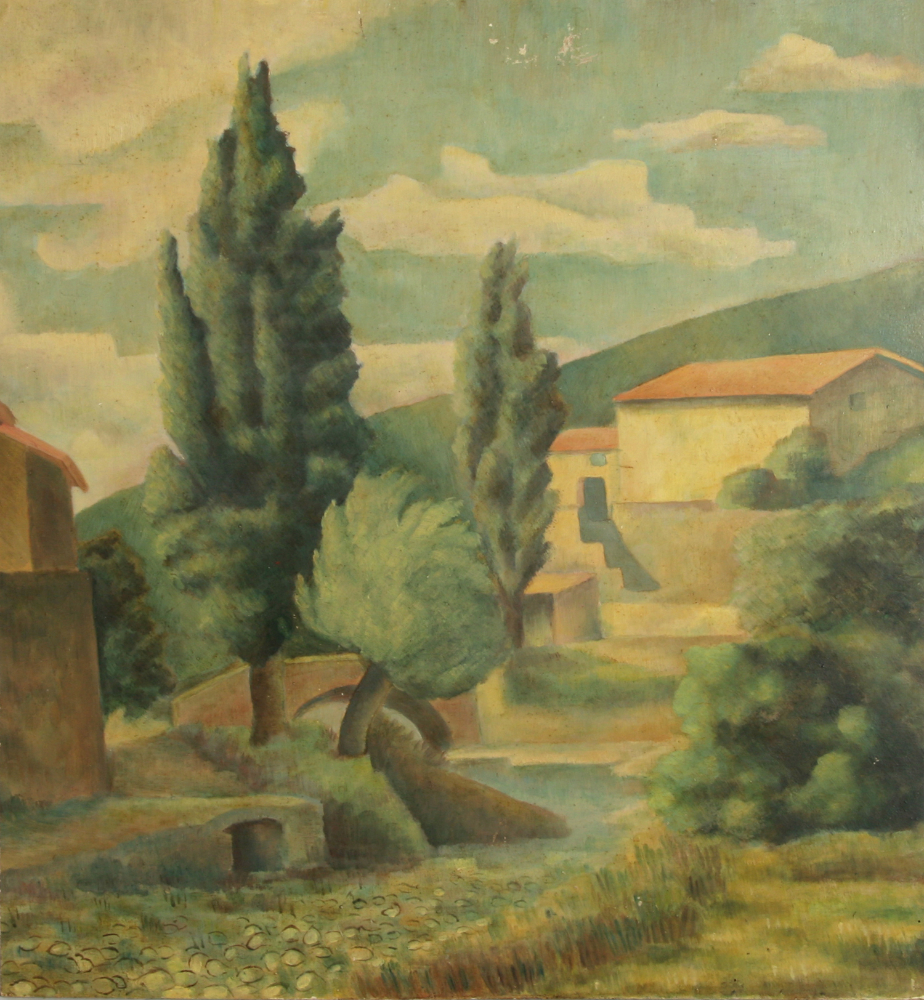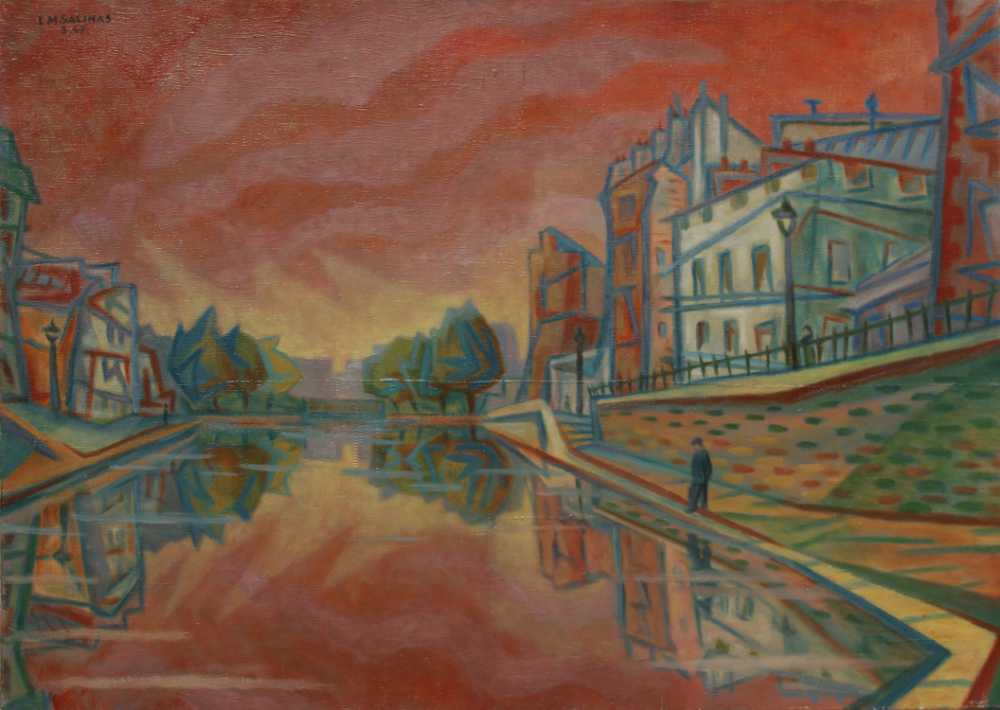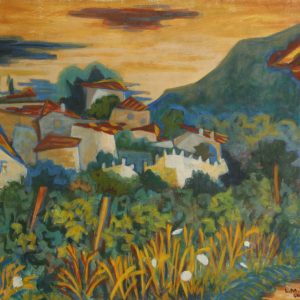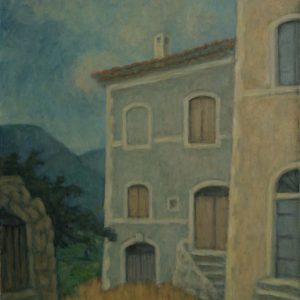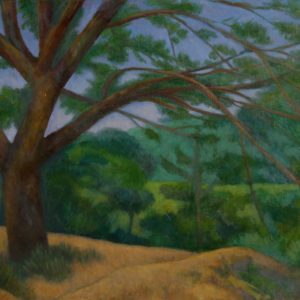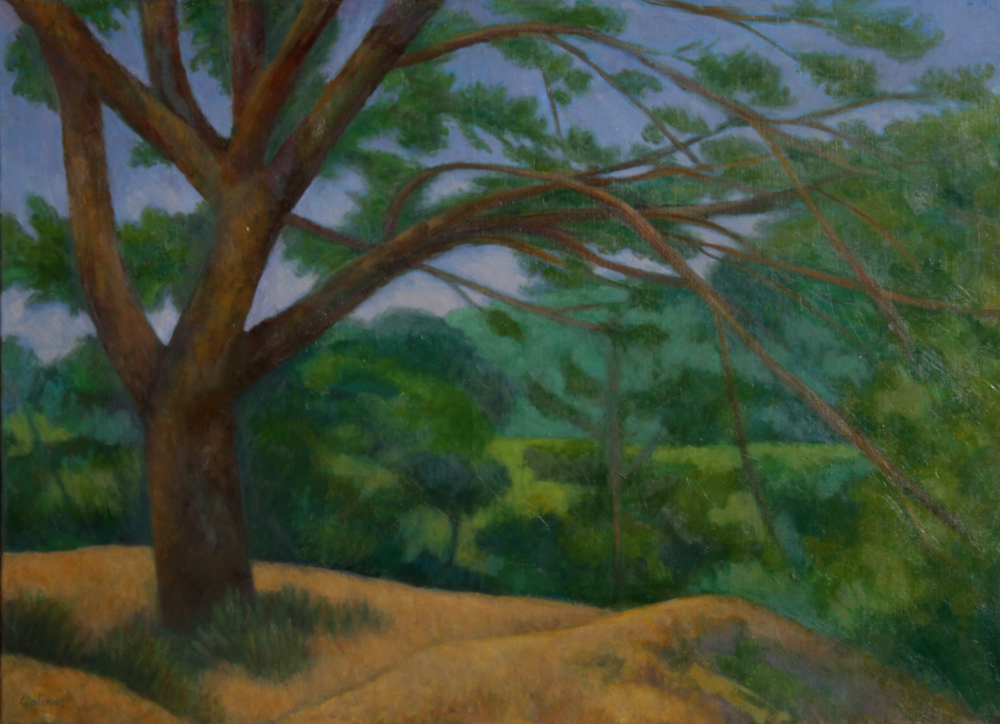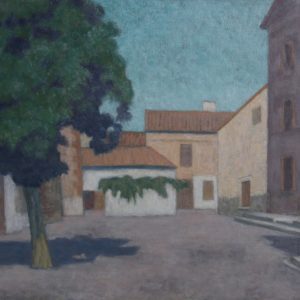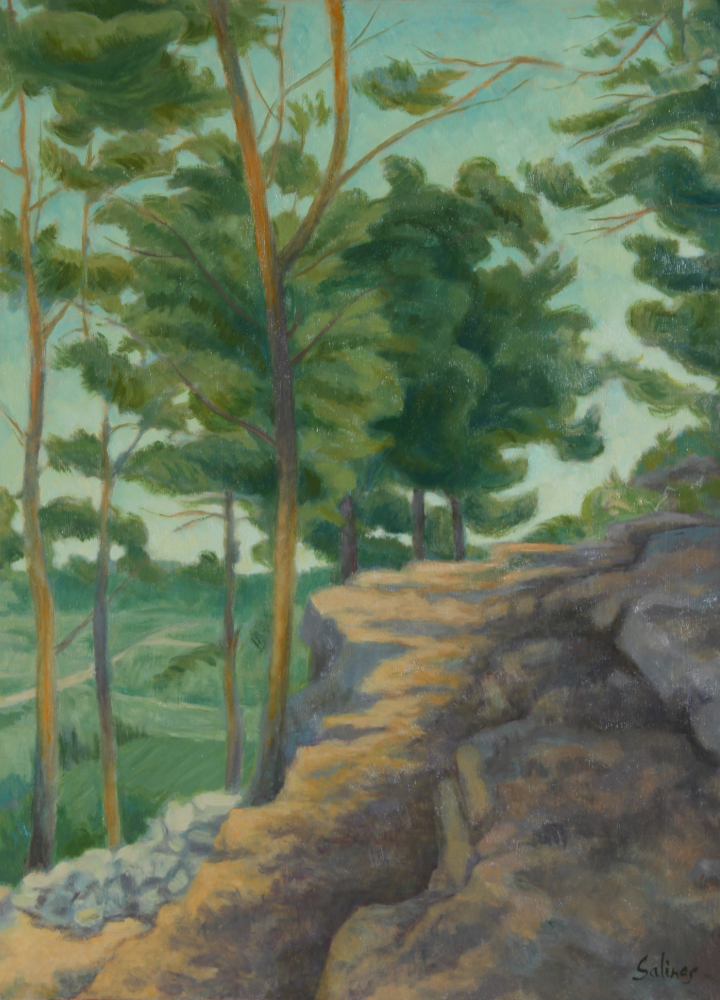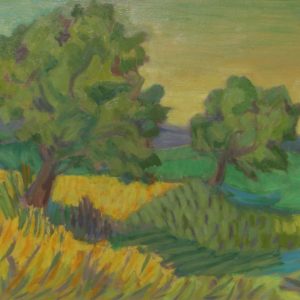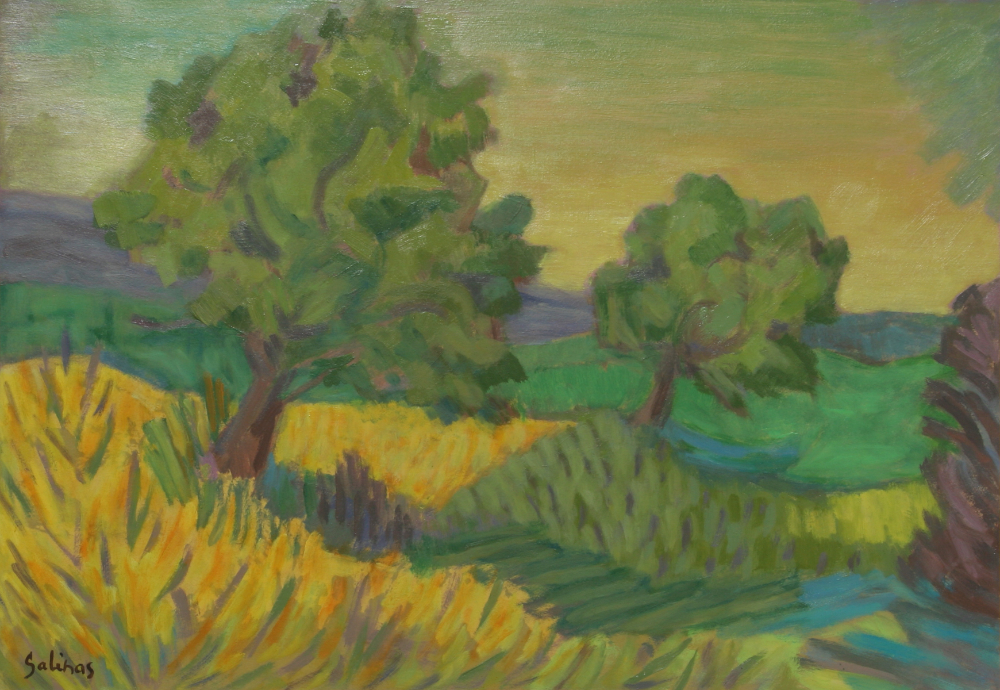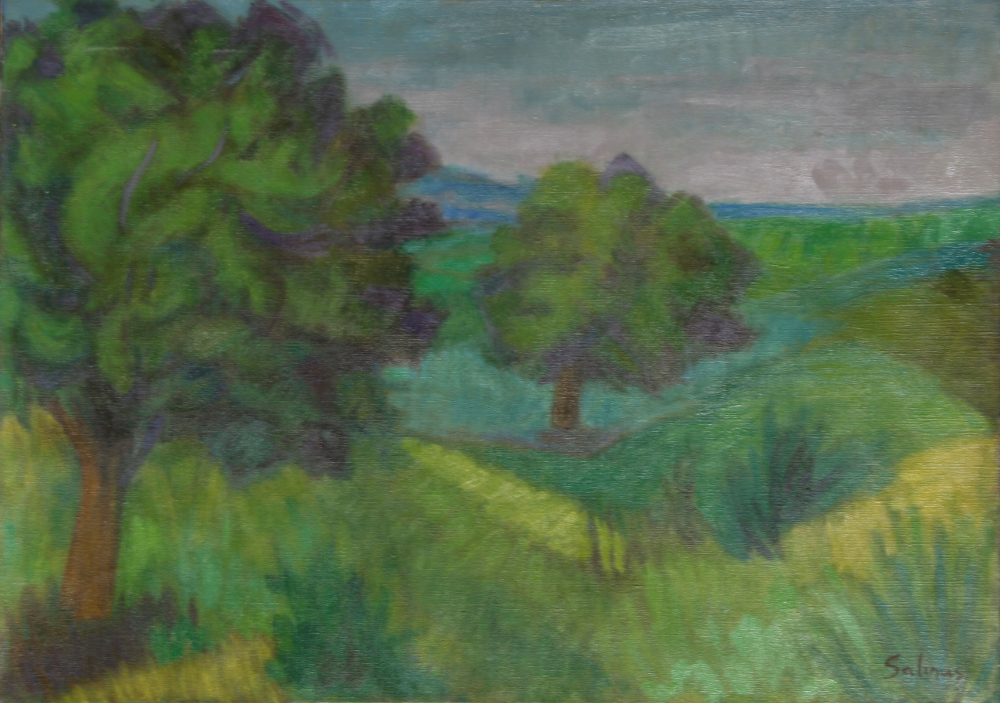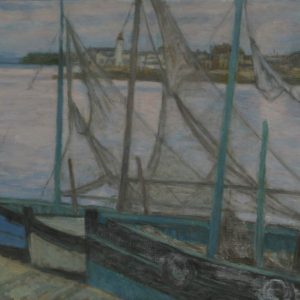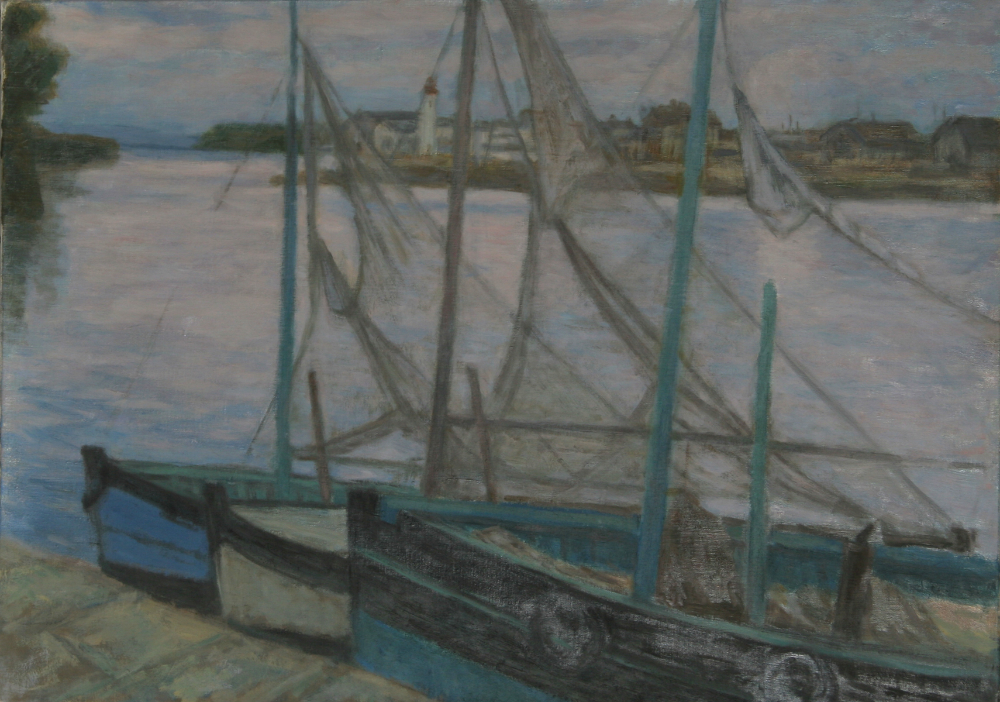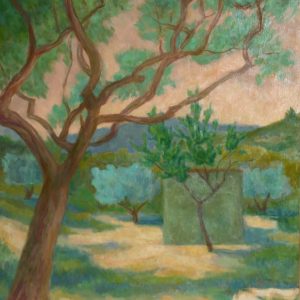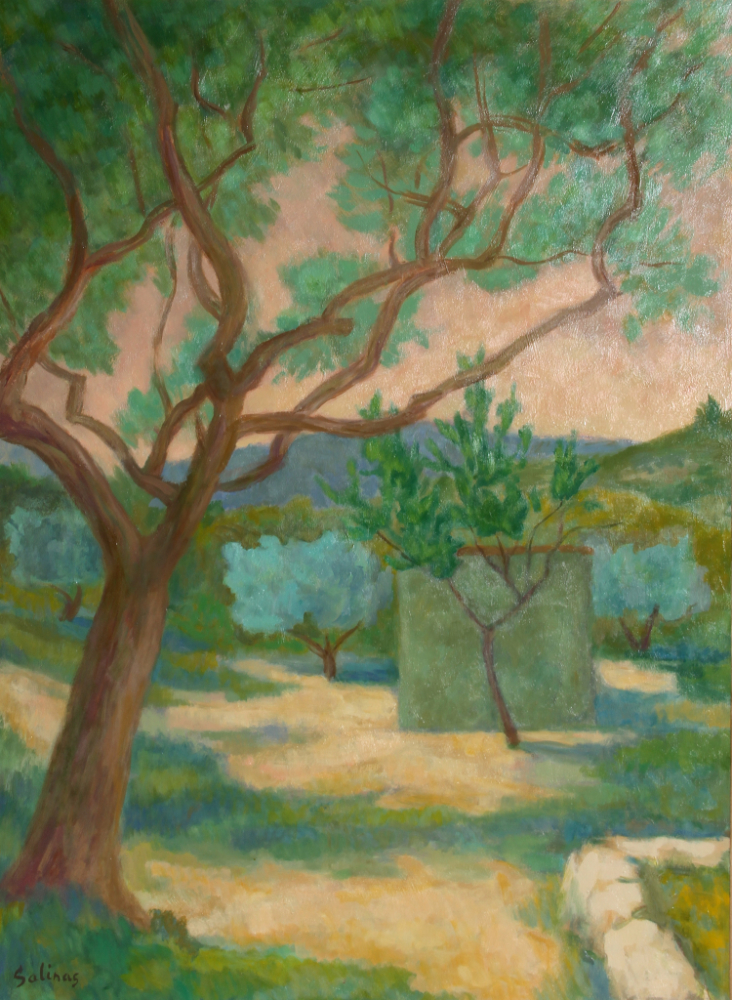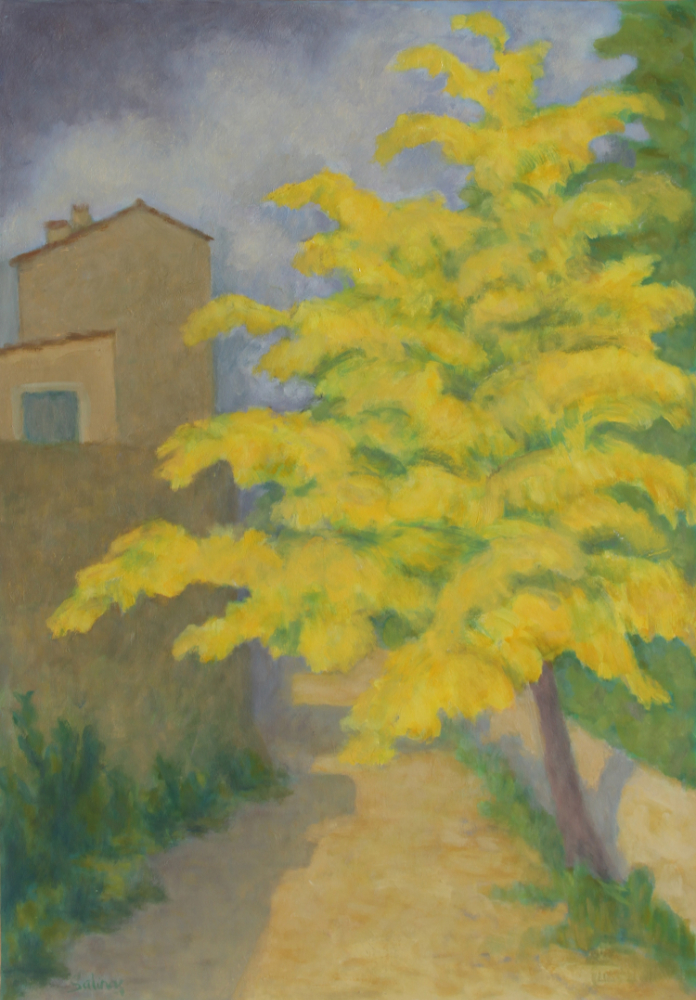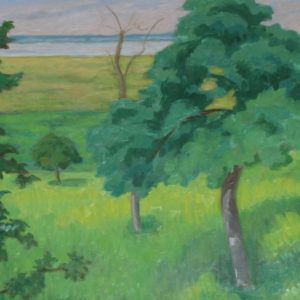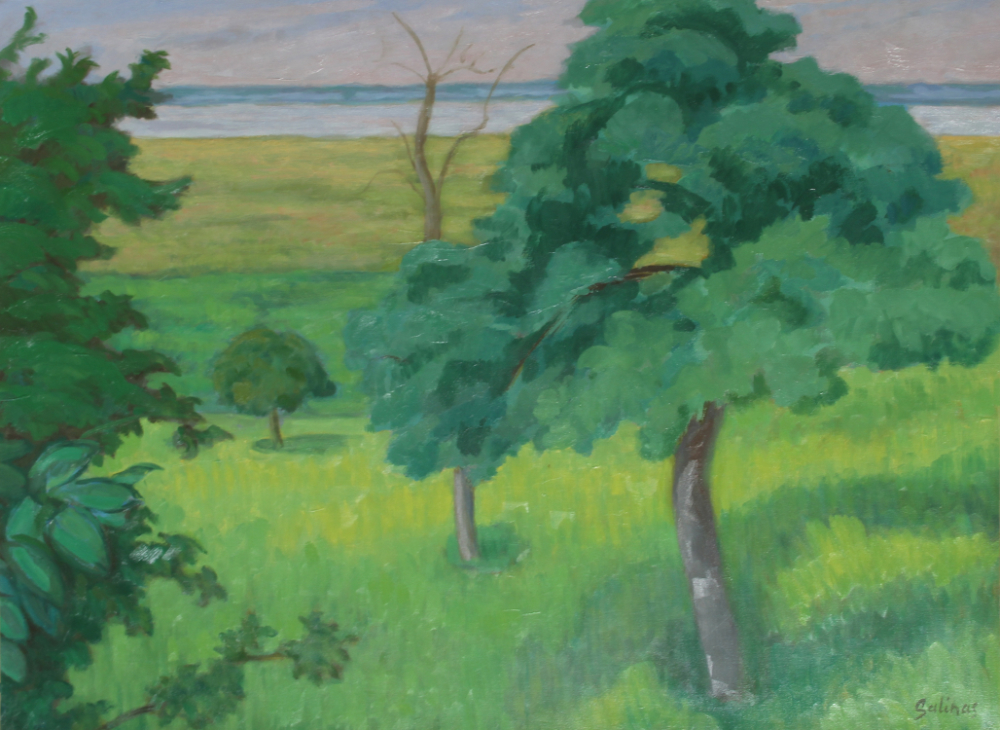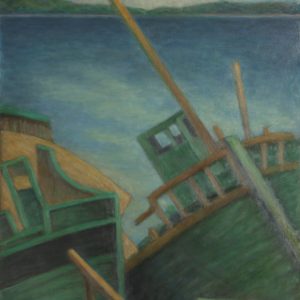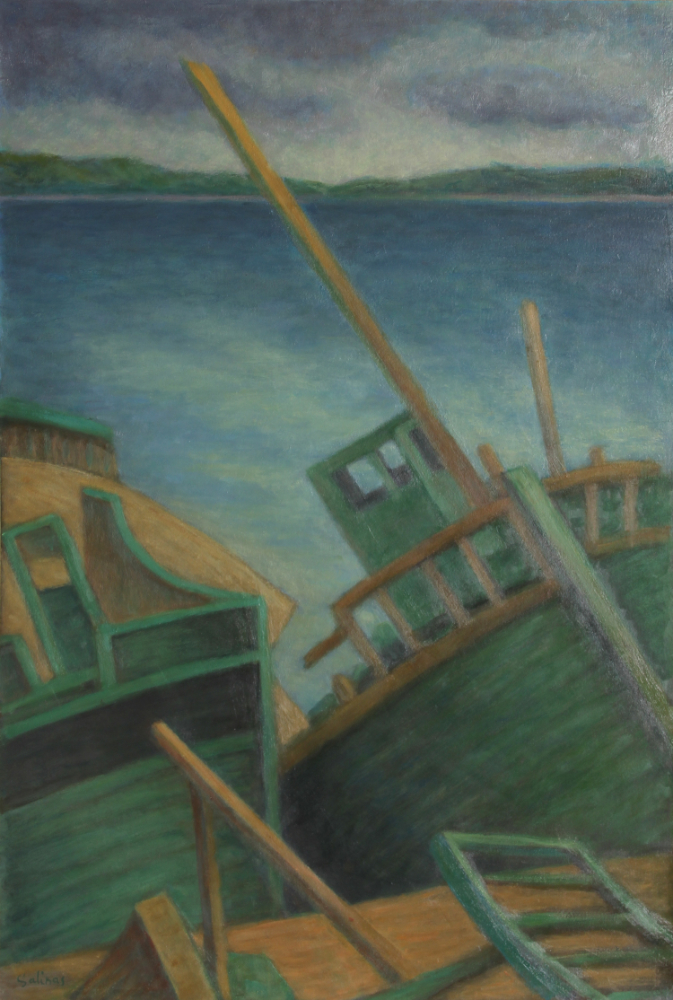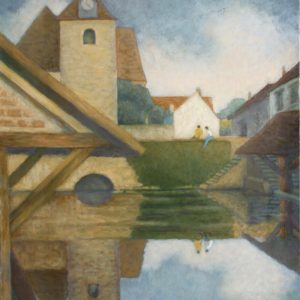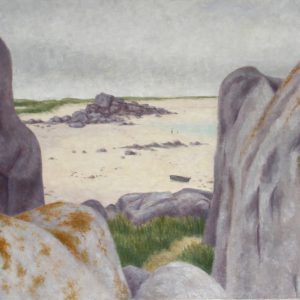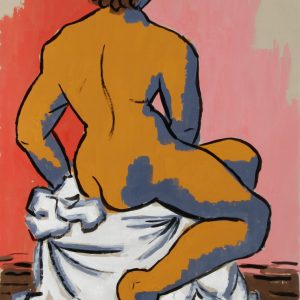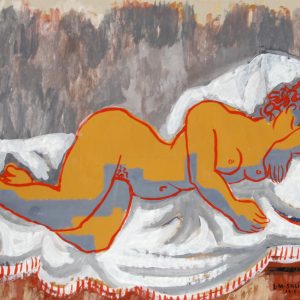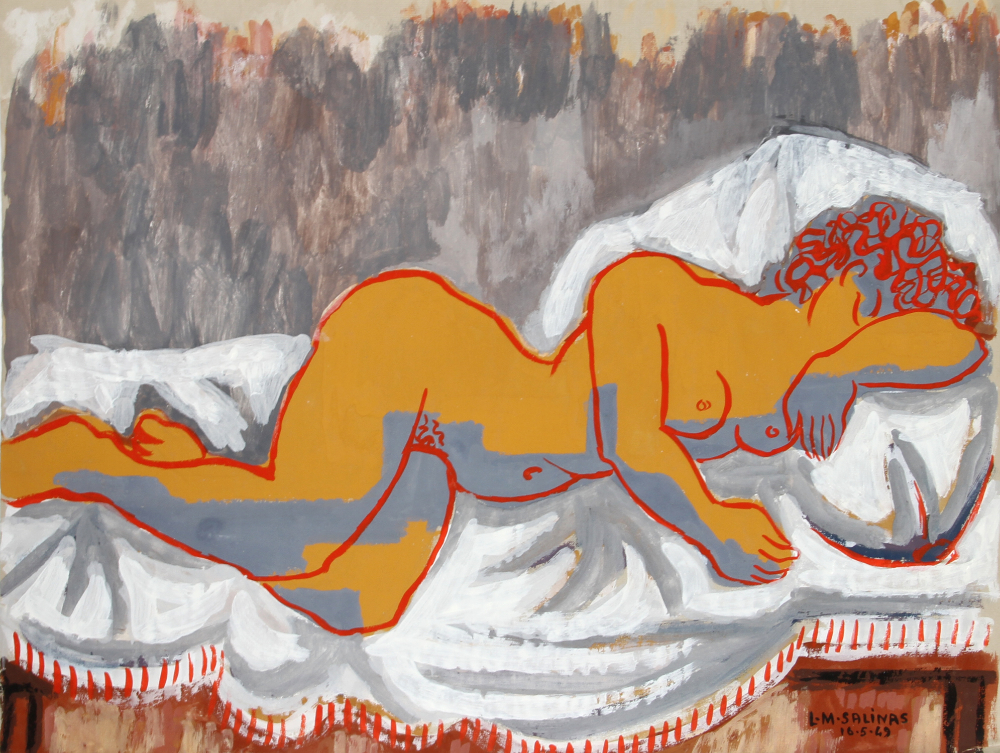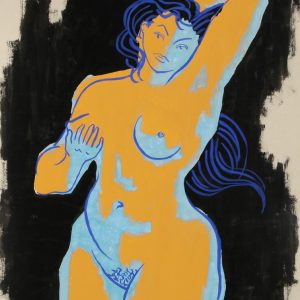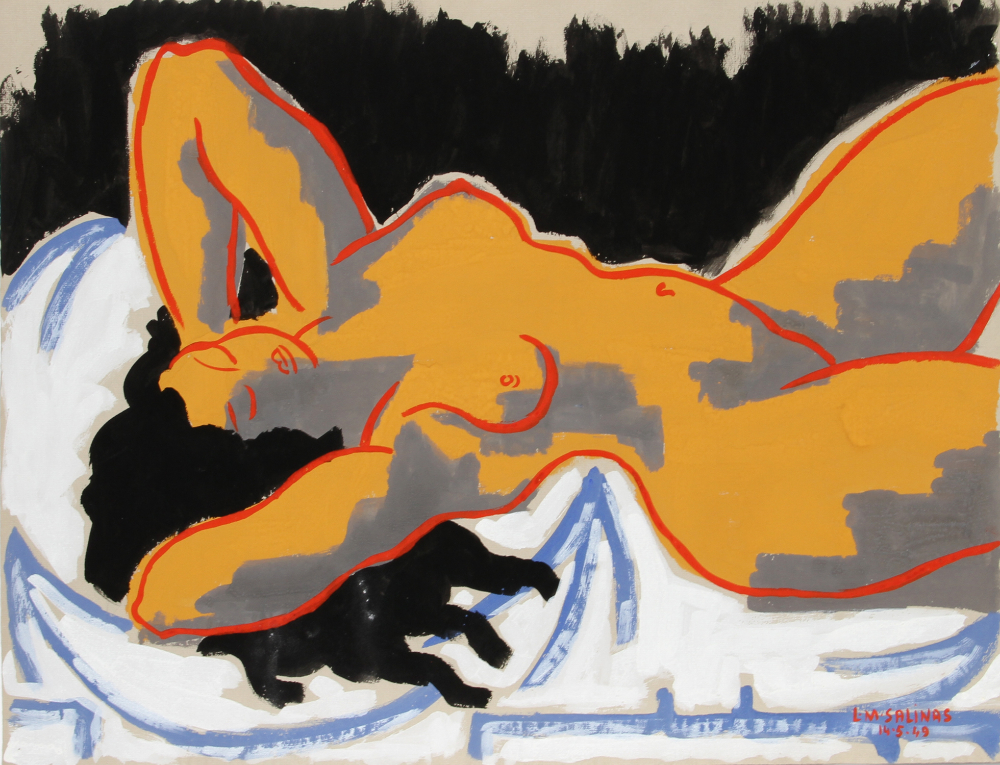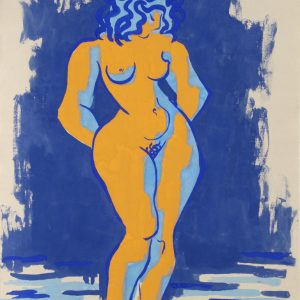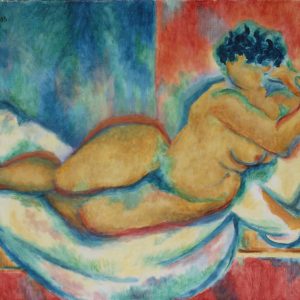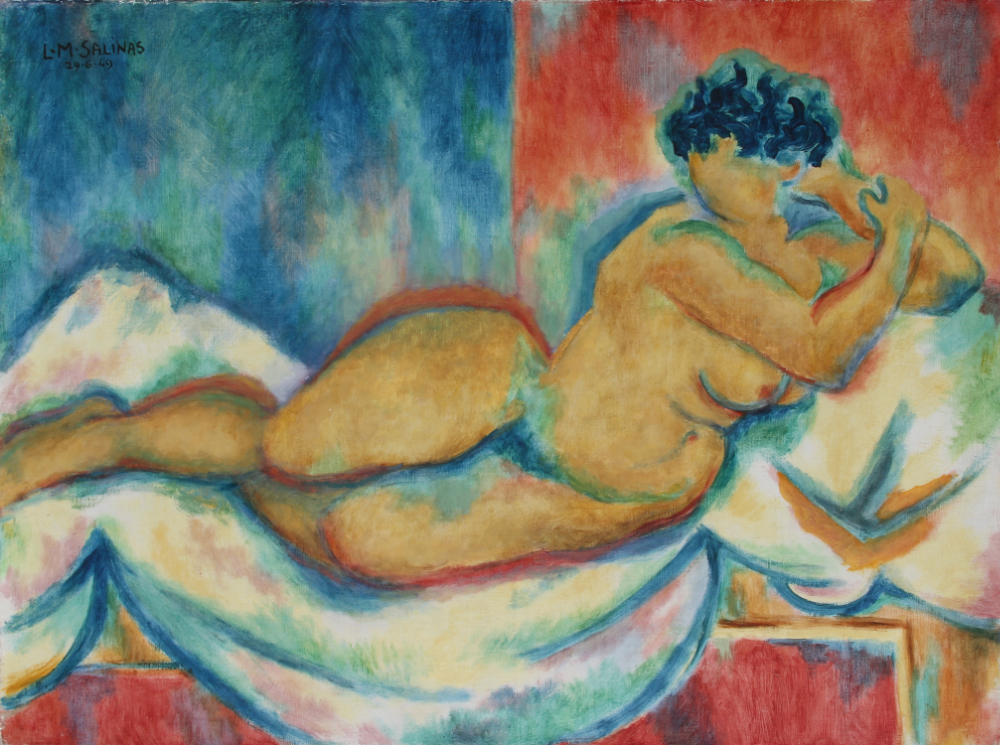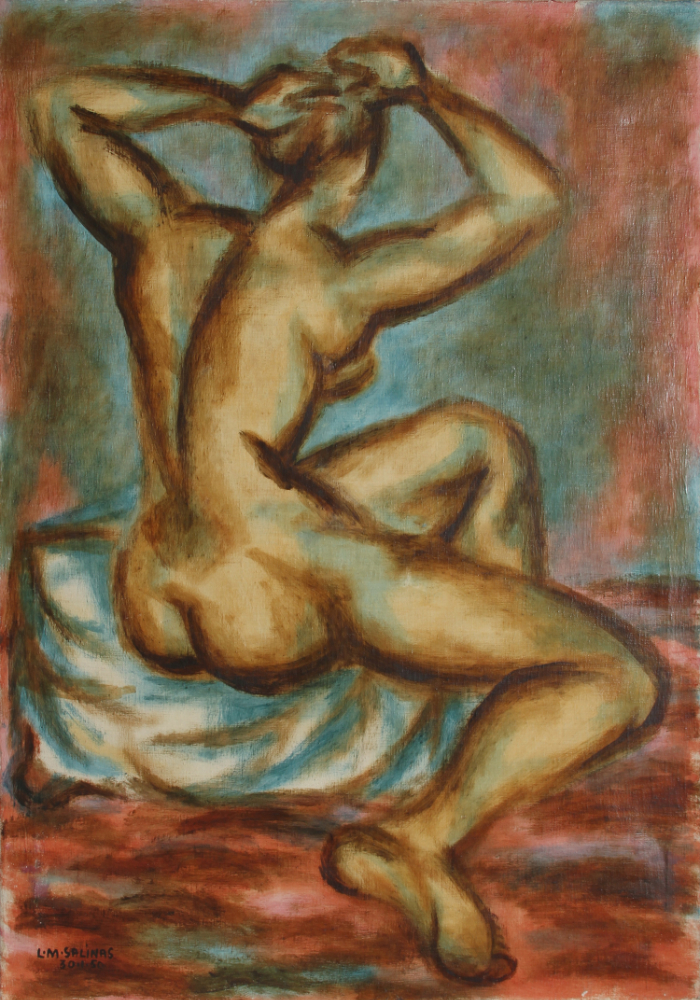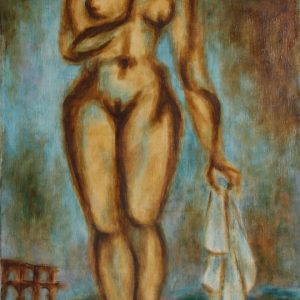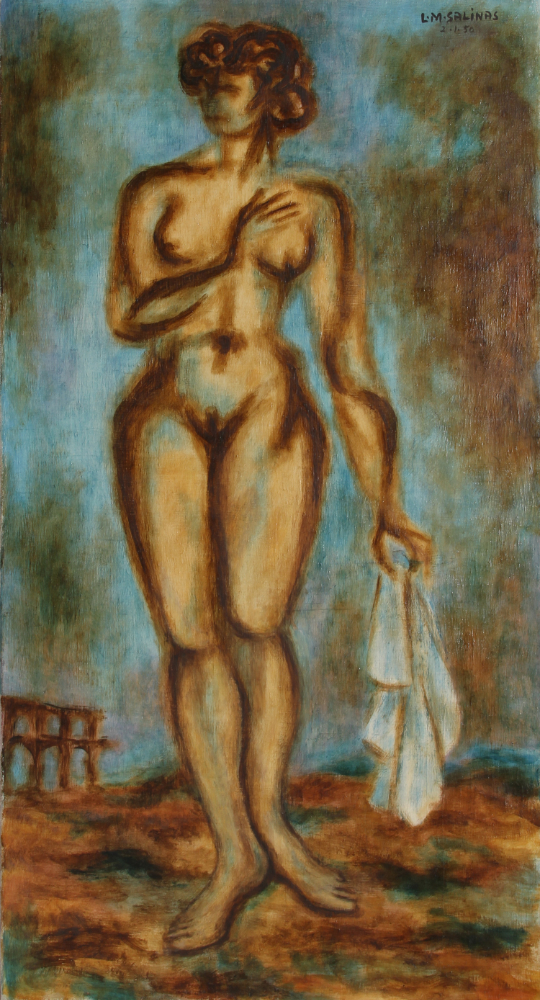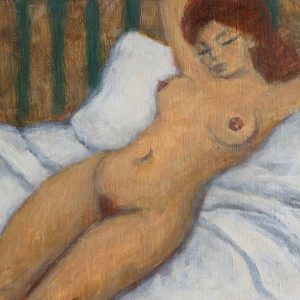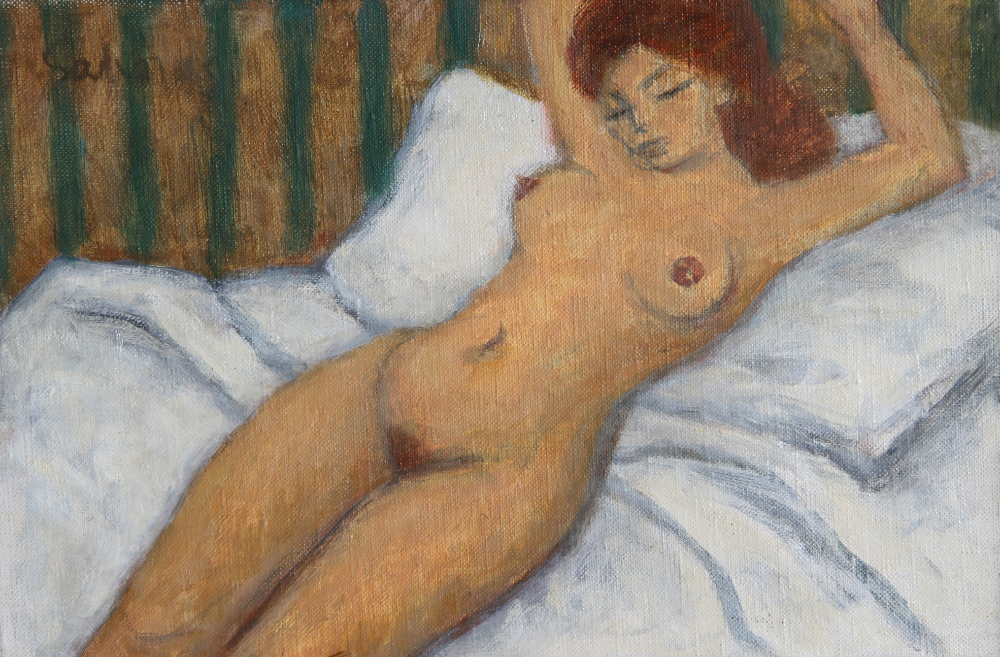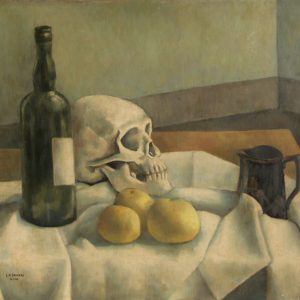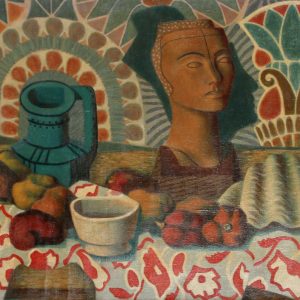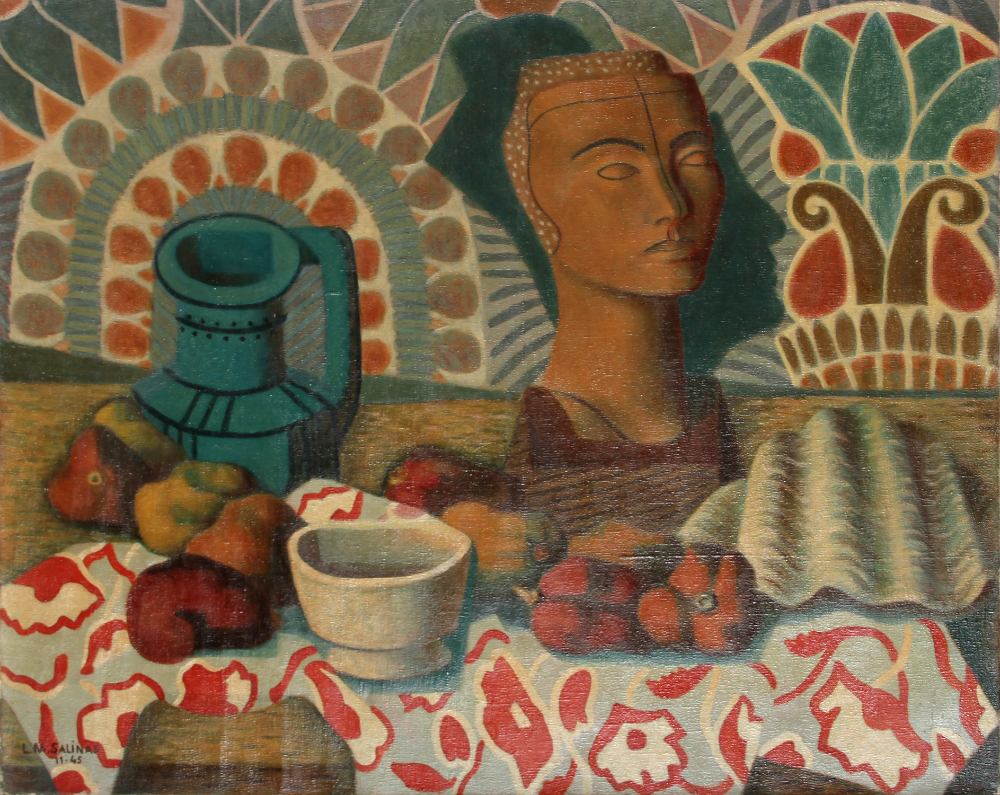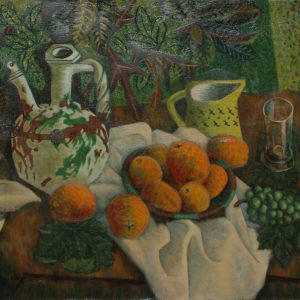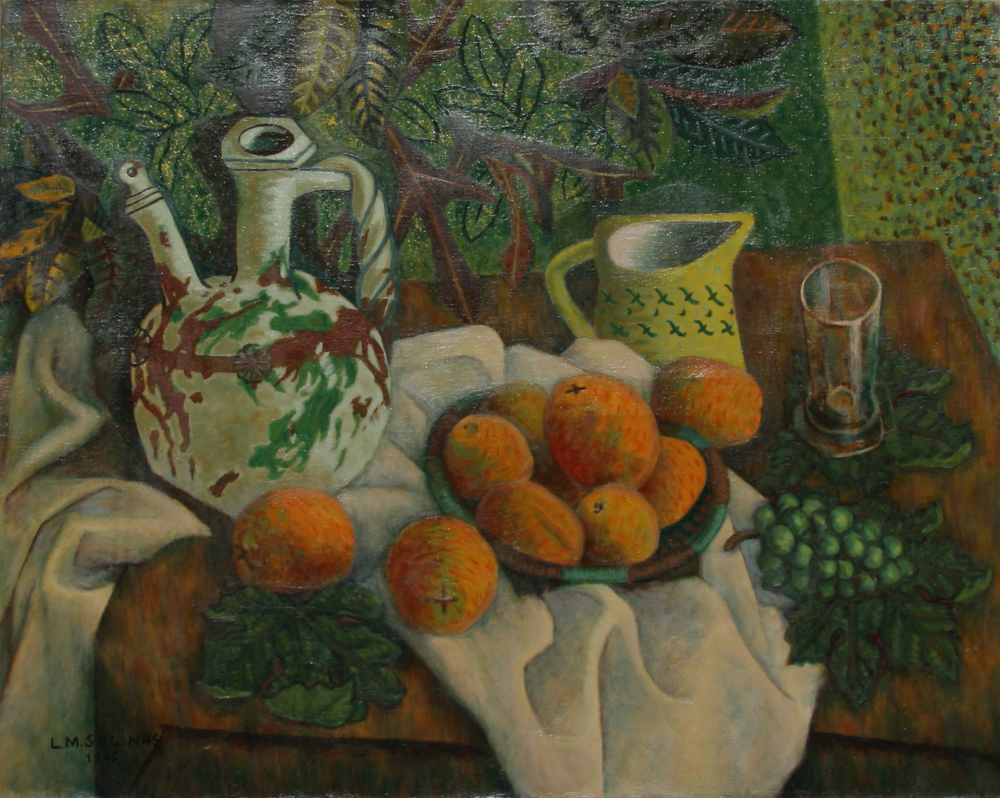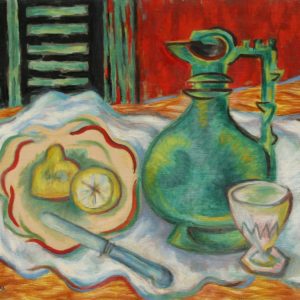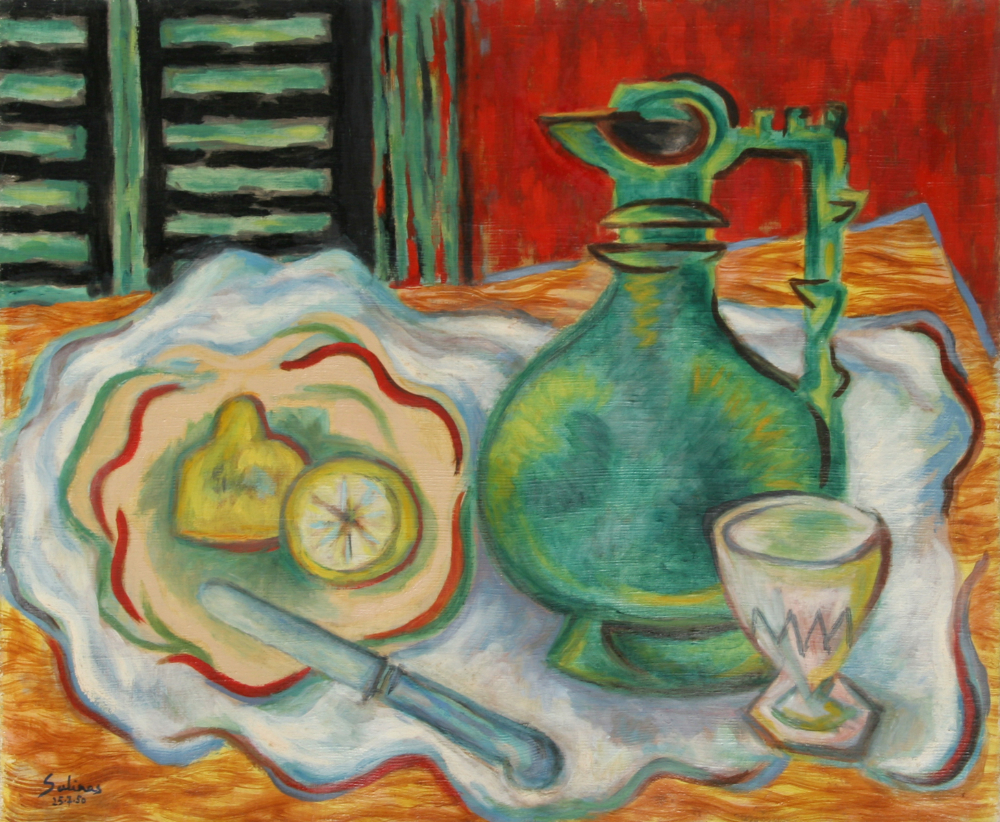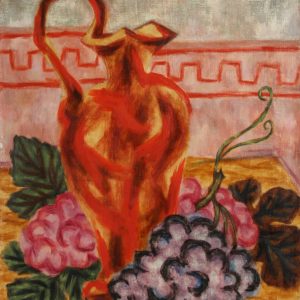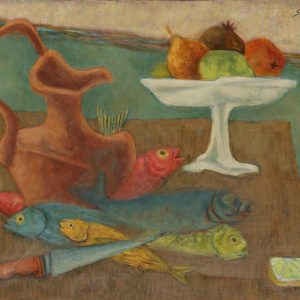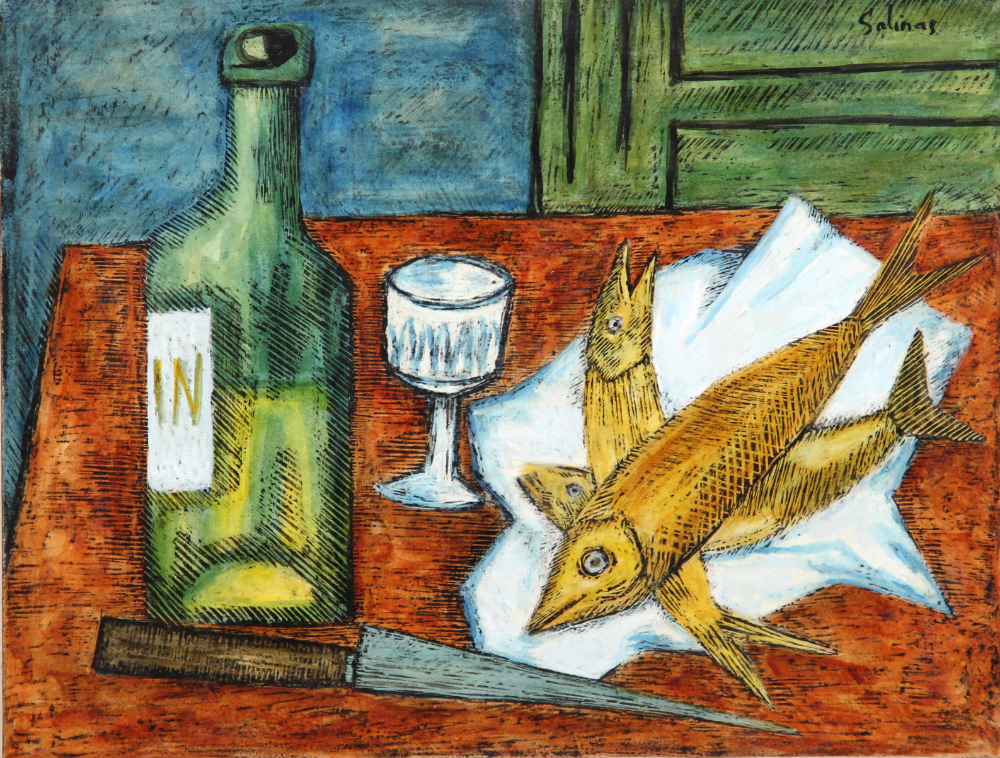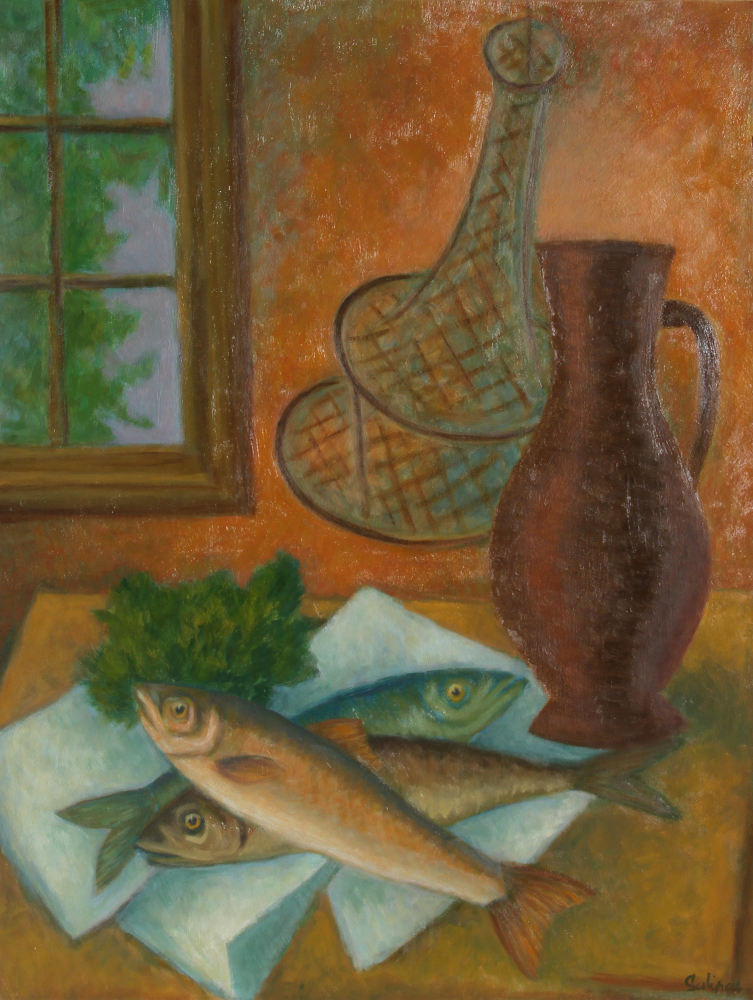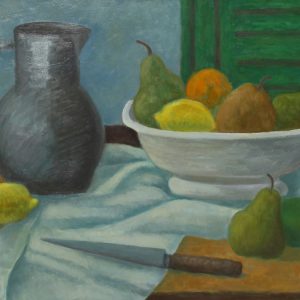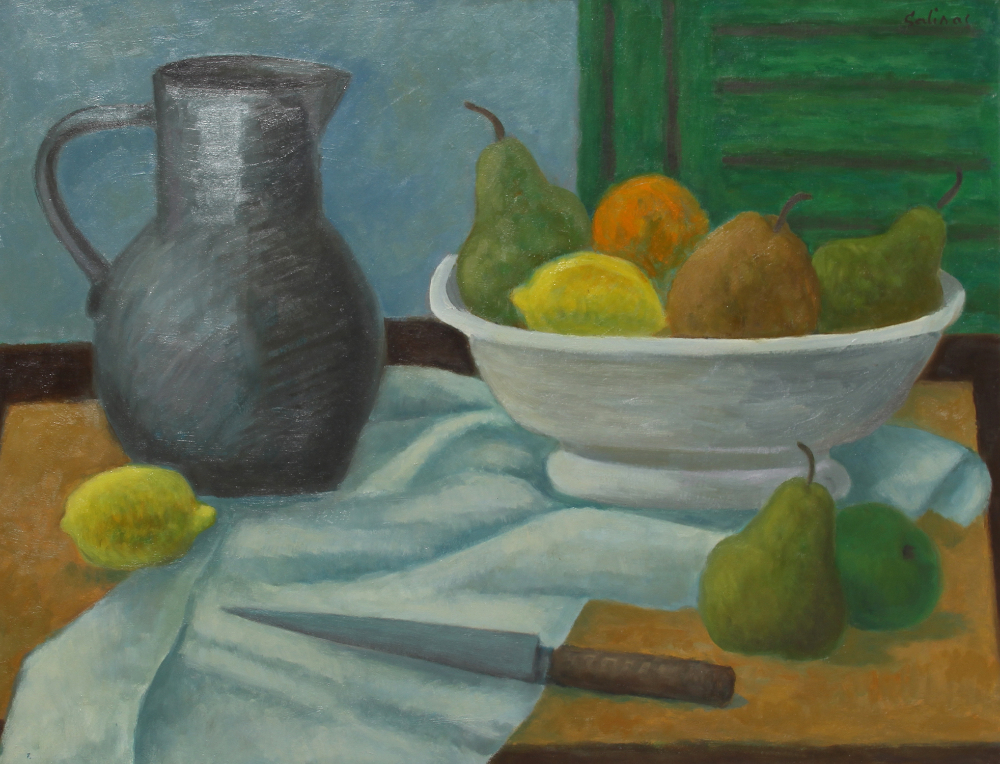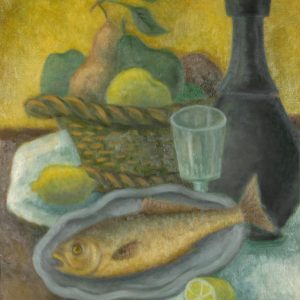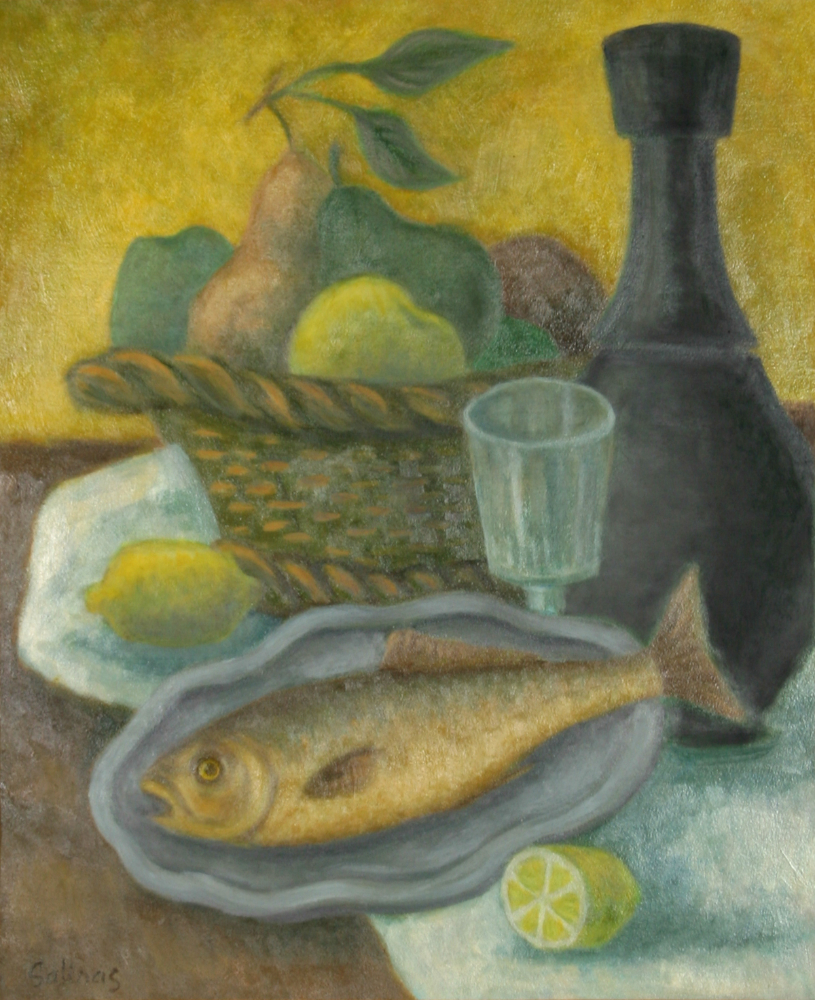The exhibition will provide a retrospective of the work of the painter Marcel Salinas who was born in Alexandria, Egypt in 1913 to French and Italian parents and died in Saint-Louis, Missouri in 2010. From the 1950s, Salinas lived in exile in Paris, later spending time in New York, Brussels, Belgium, and Saint-Louis, Missouri. That Salinas is now virtually unknown belies a fascinating career and a rich body of work. In the 1940s and 1950s, he was close to the circles that pioneered modern art in Egypt, working and exhibiting side by side with household names such as Mahmud Said and Muhammad Nagi. He was a student and friend of the French theorist and painter André Lhote whose writings in the Nouvelle Revue Française helped to redefine French painting in the aftermath of the Second World War. His lithographic rendition of Picasso’s Portraits Imaginaires was so much to the artist’s likes that Salinas’s name was included alongside his own at their publication. And finally, the photographer Cartier-Bresson himself signed a book to Salinas with the words “for my guru.â€
The classicism of Salinas’ painting, which accounts in part for his lack of renown in a twentieth century that prized formal innovation above technical mastery, owes much to the permanent state of displacement in which he lived: in an uncertain world, the rules and practices of painting did not change. Throughout his life, he returned continually to the time-honored genres of still-life, nude, landscape, and portrait, showing a rare commitment to technique and a profound understanding of light, color, and form. The exhibition, which will be the first retrospective of Salinas’s work, will draw on the extensive archive left to the trustees of his estate, including sketchbooks, letters, and other documents pertaining to his life. While the focus will be primarily on his paintings, his work as a lithographer and as a photographer will be used as points of comparison and contrast, thus bringing into relief the richness of his visual world.


